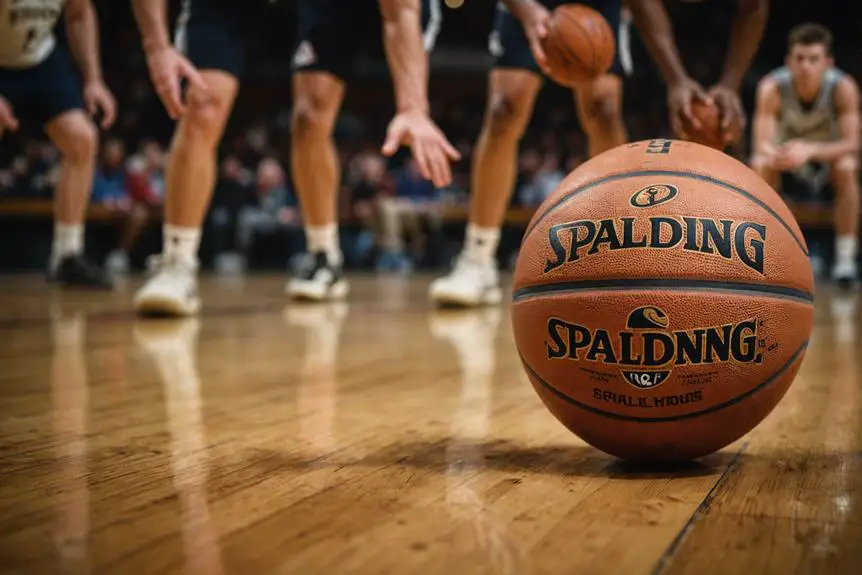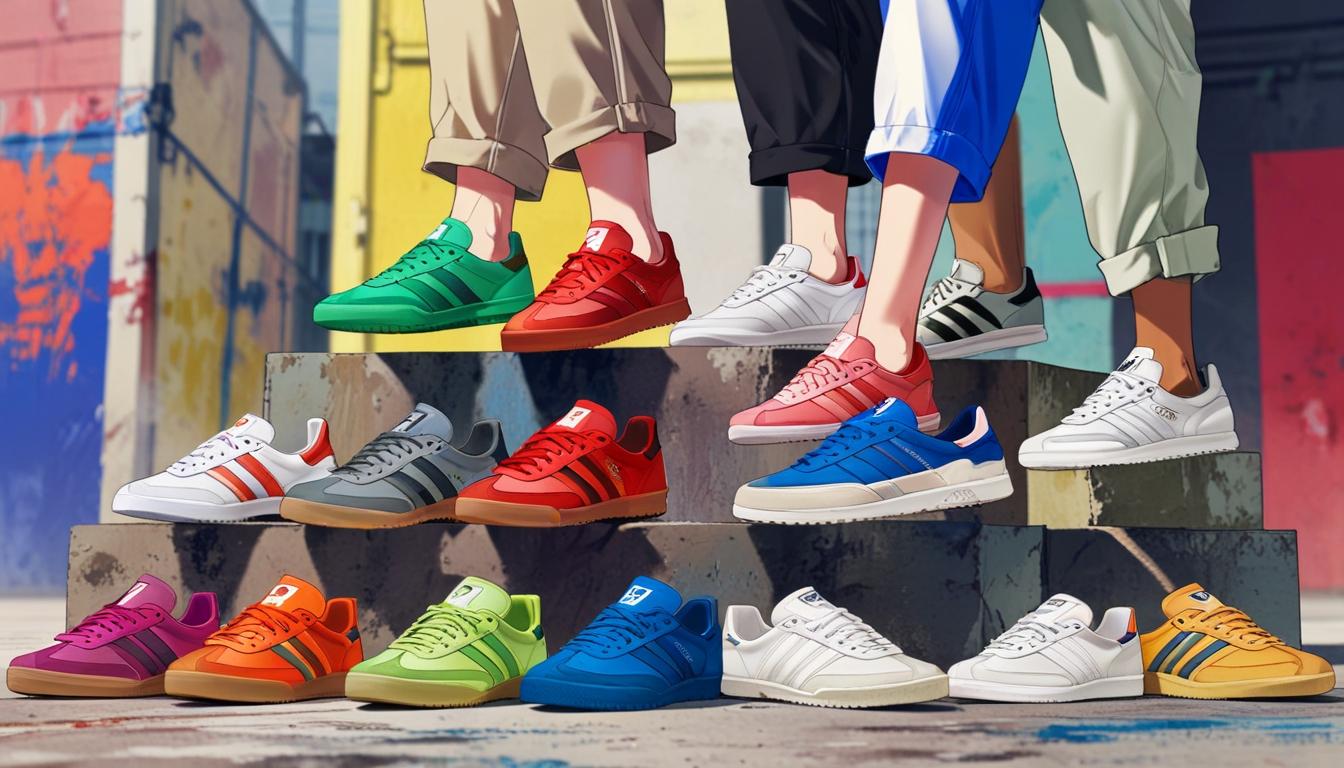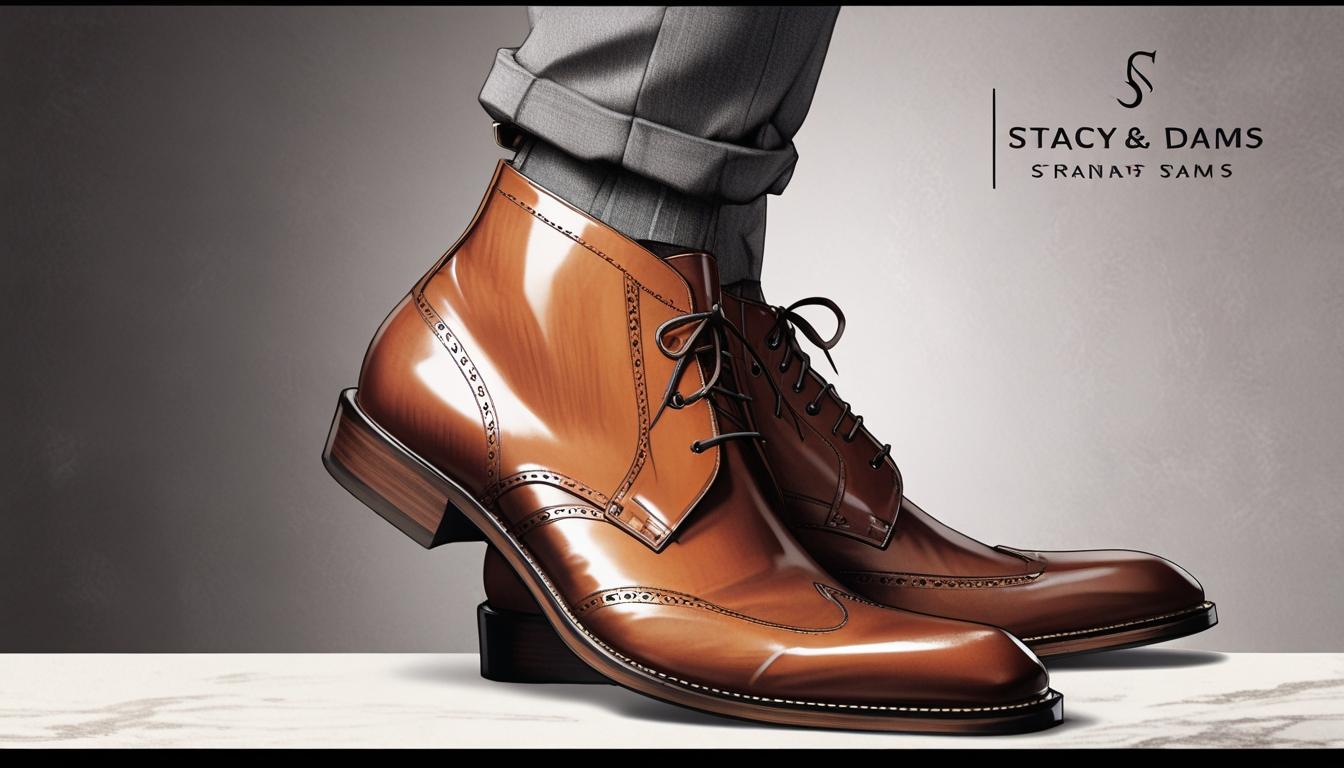Spalding, the iconic brand behind many of your favorite sports gear, is owned by KKR, a big investment firm that made the purchase in 2024. You might know Spalding for its awesome basketballs and baseballs, right? They were founded way back in 1876 by a former baseball pitcher! This company has a rich history of innovation, including creating the first official Major League Baseball and even the first basketball commissioned by Dr. James Naismith. So, how does Spalding plan to keep ruling the sports world? Stick around, and you'll find out more about their exciting future!
Ownership History
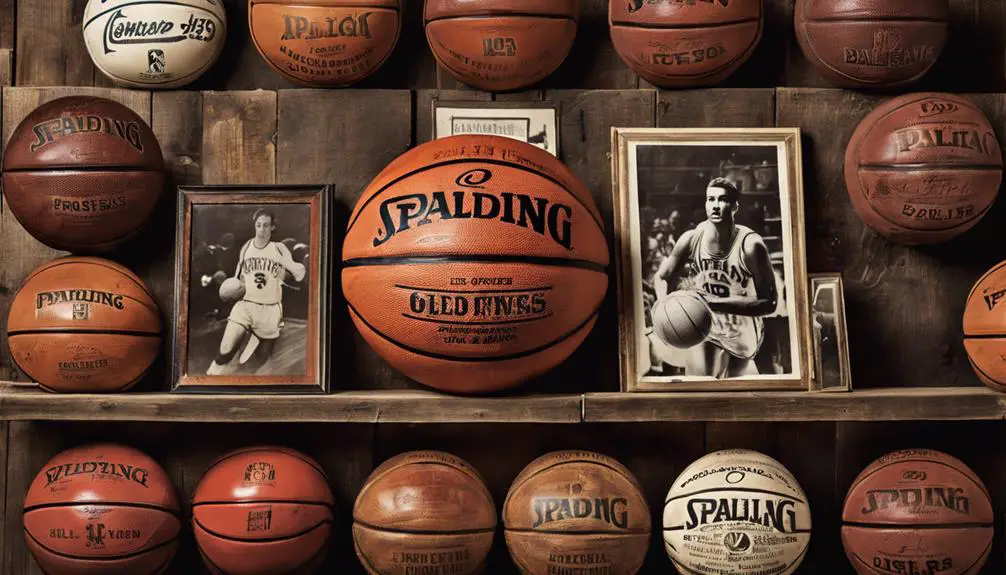
Spalding's ownership history reveals a journey of expansion and strategic shifts in the sporting goods industry. Founded in 1876 by Albert Spalding, a former pitcher for the Chicago White Stockings, the company quickly made its mark. By 1892, Spalding had already acquired Wright & Ditson and A.J. Reach, boosting its market reach and solidifying its influence among sporting goods companies.
Fast forward to 2003, and Spalding became part of Newell Brands. This move aligned the brand with a larger corporate structure, but it didn't erase its legacy. Then, in 2024, KKR (Kohlberg Kravis Roberts & Co.) took the reins, signaling another shift in ownership that could steer the brand in exciting new directions.
Throughout all these changes, Spalding has maintained a diverse board of directors. This commitment to good governance and varied leadership perspectives is essential in maneuvering the competitive landscape of sporting goods. So, as you think about Spalding's past, remember that its ownership history is more than just a timeline—it's a reflection of the brand's resilience and adaptability. Isn't that inspiring?
Key Products and Innovations
With a legacy rooted in innovation, Spalding has consistently set benchmarks in the sporting goods industry. You might not know this, but they created the first official Major League Baseball in 1876 and the first basketball commissioned by Dr. James Naismith in 1894. How cool is that? They've been pioneers in sports equipment for over a century!
When it comes to basketball, Spalding's NEVERFLAT basketball, launched in 2006, is a game-changer. It retains its inflation for up to a year, so you can focus on your shots instead of pumping air. And let's not forget, Spalding created the first American football in 1887, ensuring quality and performance for the sport.
Their innovation doesn't stop there! Back in 1930, they introduced the Kros-Flite, the first liquid center golf ball, which revolutionized golf equipment. Plus, they were the first to create protective sports gear, with the world's first baseball glove in 1877. This transformed how athletes played the game, making it safer and more fun. So, next time you hit the court or field, remember the rich history behind the gear you're using!
Market Presence and Sponsorships
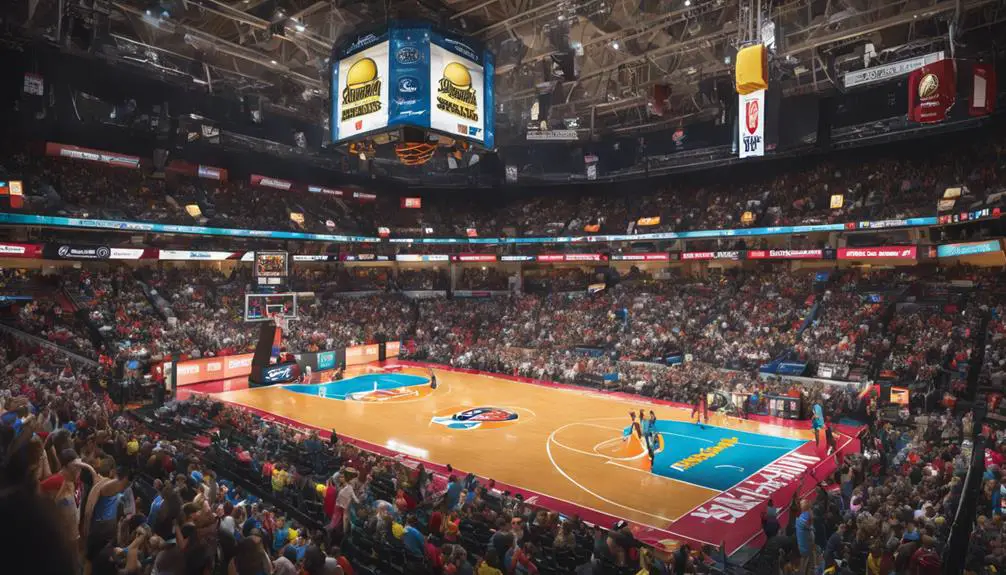
In the competitive world of sports equipment, Spalding stands out as a key player, thanks to its role as the official ball provider for major leagues like the NCAA and its previous partnership with the NBA. This solidifies its market presence, making you recognize their name whenever you watch a game. Who doesn't see a Spalding ball bouncing around at a basketball court or an Arena Football League match?
But it doesn't stop there! Spalding's brand endorsements with top athletes boost its visibility, making it a go-to choice for many. Plus, their historical significance in sports sponsorship dates back to the late 19th century, so they've been around the block a few times! You might even spot Spalding gear at your local youth sports events, thanks to initiatives like YouthRookie Gear designed for younger athletes.
With exclusive agreements and a strong foothold in sports, Spalding's market presence is impressive. Whether it's basketball, football, or youth sports, they've got you covered. So, next time you see that iconic logo, you'll know just how much it represents in the world of sports!
Financial Overview
A strong financial foundation underpins Spalding's success in the sports equipment industry. You might be surprised to learn just how solid it really is!
- Spalding's revenue hit $827.2 million in 1997.
- Net sales soared by 15.6% in the first quarter of 1998.
- Golf equipment sales skyrocketed by 80% due to market demand!
As part of Evenflo & Spalding Holdings Corporation, which KKR owns about 90% of, Spalding showcases impressive operations and a vast workforce of around 4,470 employees. This dedicated team supports everything from manufacturing to distribution, ensuring you get the gear you need.
With net sales reaching $87.4 million just for Spalding in early 1998, the company clearly has its finger on the pulse of what athletes want. And when you factor in that booming golf equipment market, it's easy to see why investors are interested. Spalding's financial overview tells a story of growth and opportunity, making it a key player in the sports world. Isn't it exciting to think about what the future holds for this iconic brand?
Future Outlook and Strategies

Spalding's solid financial performance sets the stage for an exciting future. With Russell Brands backing them, Spalding's ready to keep shining in the sporting goods arena. They're focusing on expanding their product offerings through over 60 licensing agreements worldwide, catering to sports and skill levels you didn't even know existed! This commitment to innovation mirrors the legacy of pioneering athletic apparel established by brands like Russell Athletic, which has long emphasized adapting to athlete needs.
Their commitment to innovation is impressive, especially with high-quality basketballs, including the official game balls for Euroleague Basketball—talk about a slam dunk! But it doesn't stop there. Spalding's marketing strategy is all about boosting their online presence and engaging with communities. Have you seen their #alwaysbuilding campaign? It's a great way to build brand loyalty and connect with fans.
As trends shift and consumer preferences change, Spalding's adapting like a pro. It's clear they're not just resting on their laurels. They're listening to what you want and making sure they stay relevant in a competitive landscape. So, whether you're a casual player or a hardcore fan, you can expect Spalding to keep delivering exciting products and experiences. Isn't that what we all want?
Frequently Asked Questions
What Is the Parent Company of Spalding?
You'll find that Spalding's parent company is Newell Brands, which enhances Spalding's history through innovative products, strategic partnerships, effective marketing, and sponsorships, ultimately targeting competitions and expanding its branding and manufacturing capabilities in the sports industry.
Who Is the CEO of Spalding Sporting Goods?
You'll find Tadd Reilly as CEO of Spalding Sporting Goods, steering Spalding's history with innovations in basketballs and partnerships. His leadership enhances Spalding products for athletes, driving marketing efforts and sponsorships in competitions worldwide.
Why Did the NBA Stop Using Spalding?
The NBA stopped using Spalding due to player preferences regarding ball performance, criticism of composite materials, and evolving marketing strategies. These sponsorship changes reflect Spalding's history and the league's focus on product innovation and fan reactions.
Does Fruit of the Loom Own Spalding?
No, Fruit of the Loom doesn't own Spalding. You'll find Spalding's brand history and product range focus on sports equipment, while its advertising strategies target diverse consumer demographics, ensuring strong market competition and innovative retail partnerships globally.
Conclusion
So, there you have it! Spalding's got a rich history, cool products, and strong market presence. With all their awesome innovations, they're definitely not slowing down anytime soon. Whether you're shooting hoops or just enjoying a game, you can feel the passion behind everything they do. Isn't it amazing to think about how far they've come? Keep your eyes peeled for what's next from Spalding, because they're just getting started! What's your favorite Spalding product?
